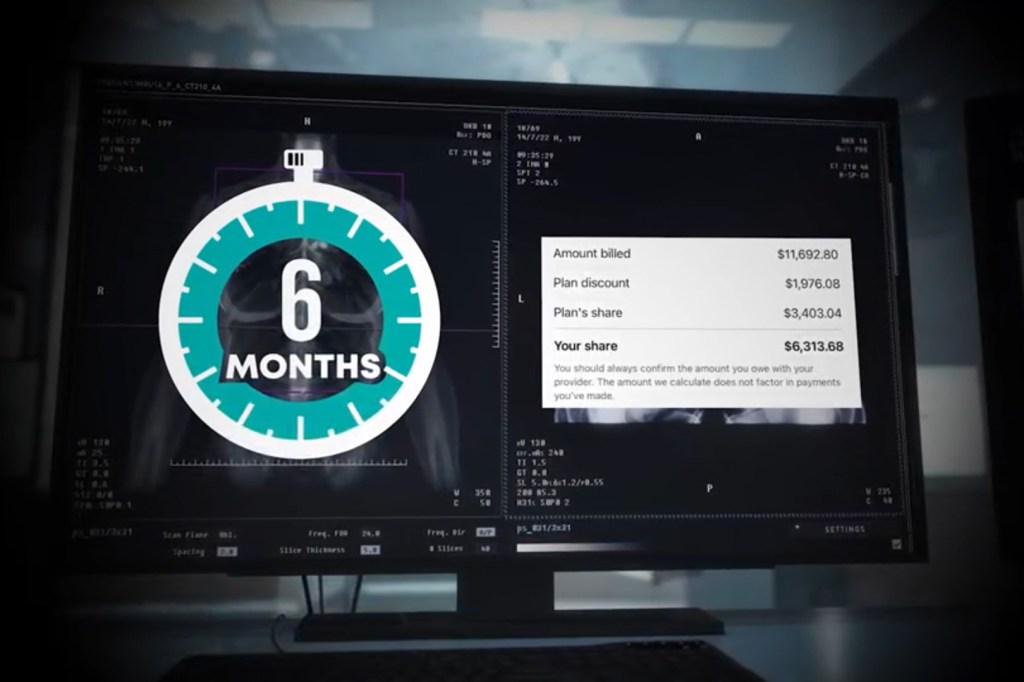MedTech Intelligence – Read More

Insights shared by industry relative to healthcare and the advancement of medical technology.

Ivor Campbell, Founder & CEO of Snedden Campbell
Let me tell you a story. A global life sciences company – let’s call it Biospec International – was looking to recruit a lead scientist to help develop its pioneering treatment in matrix-assisted laser desorption/ionization (MALDI).
MALDI has significant implications for studying and treating diseases involving tissue-specific molecular changes. Key applications include cancer, neurodegenerative and infectious diseases, cardiovascular and metabolic disorders.
The number of people working in this highly specialized area of mass spectrometry globally is limited and Biospec was fortunate to receive an application from Dr Carl Voss, who seemed to fit the bill perfectly.
Dr Voss’s CV was impeccable – a PhD from an Ivy League university, a list of high-impact publications, and glowing references from industry leaders. More importantly, it was highly relevant to the kind of work the company was doing.
His LinkedIn profile was polished, his cover letter compelling, and his initial video interview flawless. The hiring team was highly impressed and was delighted when he accepted the job.
The only problem for the company was that Dr. Voss didn’t exist – at least, not in the way he presented himself.
His PhD was fabricated by AI, complete with a counterfeit university transcript. His publications were all AI-generated papers, uploaded to preprint servers with fake author lists. His references? Paid accomplices or AI-generated voice clones. His interview performance? Scripted by ChatGPT, with real-time AI assistance feeding him answers through an earpiece.
For months in his new role, Dr Voss performed well, until the company discovered his research was unreproducible, his credentials were fraudulent and his work was dangerously flawed. By then, millions of dollars in R&D funding had been wasted, clinical trials compromised, and the company’s reputation damaged.
The above scenario is fictional and couldn’t possibly happen in real life because companies of the type described do extraordinary due diligence to ensure that the people they recruit are honest and credible. Or could it?
The same claims were made by the aviation industry, which allowed Frank Abagnale – played by Leonardo di Caprio in the film Catch Me If You Can – to bluff his way into the cockpit of a passenger airliner.
AI and modern communication tools have made it easier than ever for scammers to infiltrate high-stakes industries like medical technology, biotech, and life sciences.
Over the past decade, fraudulent operations that mass-produce fake research have industrialized the sale of bogus academic papers.
These so-called “paper mills” profit by flooding scientific literature with fabricated studies, undermining trust in research used by doctors, engineers, and policymakers.
To date, more than 55,000 fake academic papers have been withdrawn, but experts estimate that hundreds of thousands more fraudulent studies remain undetected.
Fake research slows legitimate scientific progress, particularly in critical fields like medicine and cancer research. When fraudulent papers go unnoticed, they mislead researchers who waste time analyzing fabricated data. Even when identified, journals often delay retractions, allowing flawed studies to persist in academic databases.
Many life science companies believe that their greatest protection against fraud is the highly specialist nature of the work they do, which makes it next to impossible to fake. But are they being dangerously complacent?
A growing number of people within the sector fear that, similar to what happened in the financial service industry almost two decades ago, the very complexity of the work actually makes it easier for scammers to go undetected.
The 2008 financial crash happened because securitized assets and other financial instruments, used to underwrite the global mortgage market, became so complicated that they were not understood by even the world’s most brilliant economists.
Life science researchers have developed tools that scan millions of papers weekly for signs of fraud, but detection remains challenging because of the sheer volume of publications and sophisticated manipulation tactics, including fake peer reviewers and bribed journal editors.
In 2018, oncologist Frank Cackowski encountered a paper claiming a link between a molecule (SNHG1) and prostate cancer. His team found inconsistencies, including duplicated graphs, and exposed the study as fraudulent. The journal retracted it, but such cases highlight how fabricated research can misdirect scientific efforts.
The peer review system, which is meant to ensure research quality, has become vulnerable to exploitation, according to critics who believe some publishers prioritize profit over rigor, accepting flawed papers to collect publication fees.
In some extreme cases, fraudsters have created fake peer-review rings or infiltrated editorial boards to push through sham studies.
Estimates suggest that between 1% and 3% of published papers may be fraudulent, with higher rates in biomedical fields. Publishers like Wiley have retracted more than 11,000 papers and shut down 19 journals linked to paper mills. Jennifer Byrne’s research found that nearly 6% of cancer studies screened showed signs of fraud.
The New Age of Recruitment Scams
The digital era has made deception easier for scammers and more difficult for employers to ensure that job applications from seemingly highly qualified and experienced candidates are what they purport to be.
Whereas, in the past, a fraudulent applicant might have been caught out by a poorly forged degree certificate or an inconsistent employment history, today’s scammers use AI to craft flawless CVs, generate fake research papers, and even simulate professional networks.
Large language model AI platforms can produce realistic-sounding academic papers, project summaries, and technical jargon, making it difficult for hiring managers to distinguish between genuine expertise and fabricated knowledge.
A determined fraudster can create entirely fictional referees to vouch for their skills and experience, while AI-powered voice modulation and video deepfakes can, in theory, allow a candidate to outsource their interview answers to someone else in real time.
The problem is compounded by the fact that many biotech and life science roles are highly specialized making it hard for hiring managers, who may lack the technical depth to thoroughly assess a candidate’s claims, especially if they rely on automated screening tools that prioritize keywords over genuine expertise.
Why This Matters for Medical Tech and Biotech Firms
Unlike in other industries, where the fallout from a bad hire is primarily financial, life sciences and medical technology firms operate in a space where errors can have life-or-death consequences.
A researcher falsifying clinical trial data could, for example, cause unsafe medical products to reach the market, while an unqualified engineer designing diagnostic equipment might introduce flaws that produce incorrect results.
Even beyond outright fraud, the increasing reliance on AI in recruitment poses subtler risks. Automated systems may inadvertently filter out strong candidates who don’t fit algorithmic patterns while letting through polished but unqualified applicants.
How Companies Can Protect Themselves
To mitigate these risks, firms must adopt more rigorous, human-centric hiring practices. Here are ten key measures:
- Conduct in-person or live video interviews: AI-generated text is one thing, but real-time conversation is harder to fake. Technical discussions, whiteboard exercises, and problem-solving sessions can reveal gaps in knowledge.
- Verify credentials directly: Contact universities and previous employers using official channels, not the contact details provided by the candidate.
- Require hands-on assessments: Lab tests, coding challenges, or case studies force candidates to demonstrate skills rather than just describe them.
- Scrutinize publications properly: A quick search on PubMed or Google Scholar can confirm whether a candidate’s cited research actually exists.
- Use multi-stage interviews: – Different interviewers – including technical leads and HR – should assess candidates to reduce the risk of one person being fooled.
- Beware of overly perfect profiles: If a candidate’s career trajectory seems too good to be true, it may well be. If it rings an alarm bell, dig deeper.
- Check each candidate’s digital footprint: A lack of verifiable online presence – or one that appears newly created – can be a red flag.
- Train hiring managers in fraud detection: Awareness of common scams can help interviewers spot inconsistencies.
- Avoid over-reliance on AI screening: Algorithms can be gamed; human judgment is still essential.
- Implement and enforce probation periods: A trial period with close supervision can reveal whether a new employee’s skills match their claims.
The post Catch a fraudulent scientist if you can appeared first on MedTech Intelligence.




